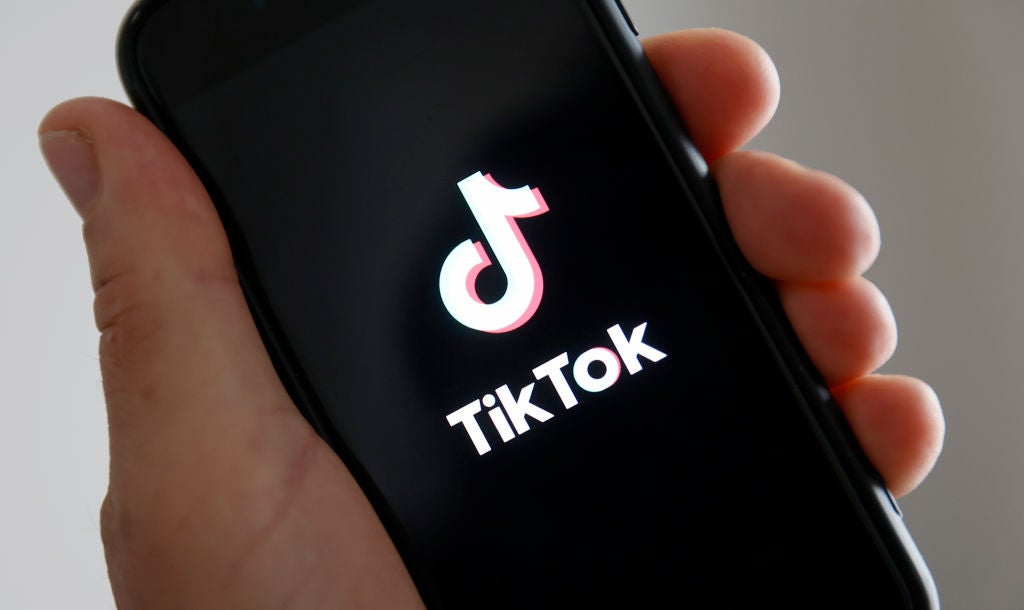
After six years of development and debate, US mobile operators and a host of companies that have never before competed in the wireless market will have the opportunity to deploy a wireless service in what is known as the Citizens Broadband Radio Service (CBRS) 3.5 GHz band.
The US Federal Communications Commission, in coordination with other federal agencies, approved the start of a commercial service.
The move is significant because it represents the introduction of a flexible model for sharing wireless spectrum in the 3.5 GHz band. There’s a total of 150 MHz of spectrum in the 3.5 GHz band, and it is envisioned that CBRS will operate in three tiers – each with varying guarantees of access.
Tier 1 is used by the military and receives guaranteed access, while the other two tiers are for commercial use. Tier 2 will be auctioned on June 2020. These are known as Priority Access Licenses that must protect and accept interference from the Tier 1 access users but have priority over the third tier, known as General Authorized Access (GAA), which is unlicensed. It is the GAA use that the FCC has initially authorised. GAA provides a dynamic allocation of available 100MHz channels so that access does not interfere with communications in the higher tiers.
Spectrum Access System (SAS) Administrators are in charge of facilitating the sharing of spectrum. Each SAS administrator’s plans for CBRS initial commercial deployments may involve multiple wireless carriers, fixed wireless providers and enterprise users.
Among those companies slated to make initial deployments are AT&T, Charter and Verizon, along with some rural operators. The early GAA deployments are called “Initial Commercial Deployments” (ICD), and the FCC will monitor them for 30 days to ensure all rules are being followed. After determining the process is working correctly, the FCC will allow real commercial deployments in unlicensed scenarios.
How well do you really know your competitors?
Access the most comprehensive Company Profiles on the market, powered by GlobalData. Save hours of research. Gain competitive edge.

Thank you!
Your download email will arrive shortly
Not ready to buy yet? Download a free sample
We are confident about the unique quality of our Company Profiles. However, we want you to make the most beneficial decision for your business, so we offer a free sample that you can download by submitting the below form
By GlobalDataOverall, the regulatory approval brings opportunities in several areas for mobile operators, but also for non-traditional wireless companies to gain a greater foothold in the market. Apple, Samsung and others now support CBRS in their smartphones.
GAA CBRS will allow incumbent mobile operators to augment their networks as well as branch out into newer lines of businesses. Verizon, for instance, has indicated it expects to boost bandwidth and capacity by using the GAA spectrum in conjunction with its existing licensed spectrum. This will be done by deploying CBRS on small cells. Verizon is working with Spectrum Access Systems (SAS) vendors Google and Federated Wireless on its initial CBRS deployments. AT&T and smaller carriers plan to offer fixed wireless service in rural areas, and operators and wireless vendors see significant opportunities to offer private networks to businesses in much the same way WiFi is used in the business environment.
CBRS spectrum could be a significant boon to cable providers, many of whom offer wireless service on an MVNO basis while using their extensive WiFi footprints for offloading traffic from cellular whenever possible. But that model is constrained by the fact that cable providers still pay wholesale rates for long-term evolution (LTE) access. Unlicensed CBRS could further reduce their reliance on buying wireless service from mobile operators, enabling these MVNOs to become more competitive players in the US mobile market.
Amazon has also voiced interest in CBRS and is testing the technology for its internal use. It’s not difficult to envision CBRS-enabled Alexa-based devices in the future.
The CBRS band represents an opportunity for companies that lack significant spectrum holdings or the money to buy spectrum to disrupt the wireless market.






Related Company Profiles
Amazon.com Inc
Google LLC
Apple Inc